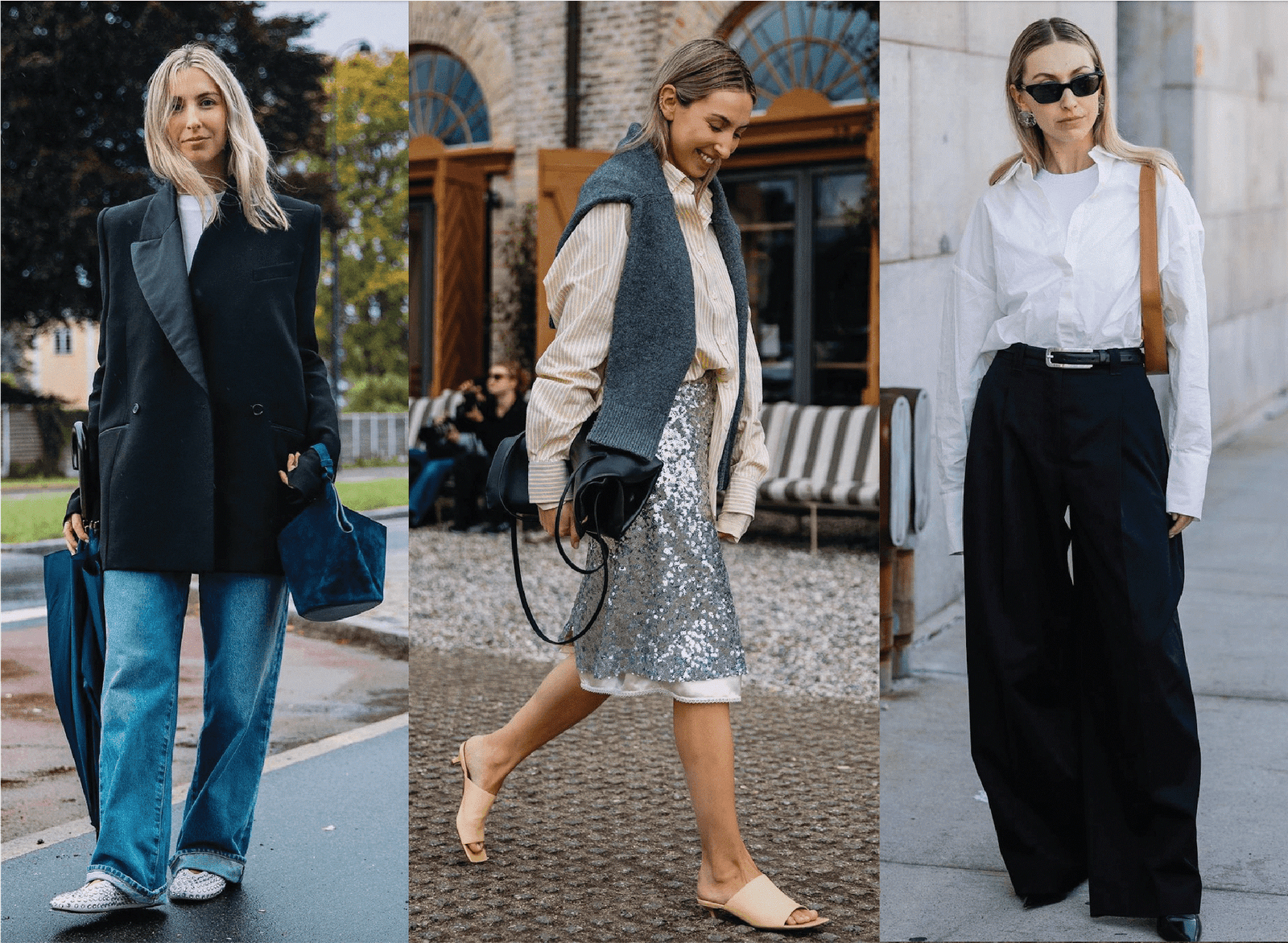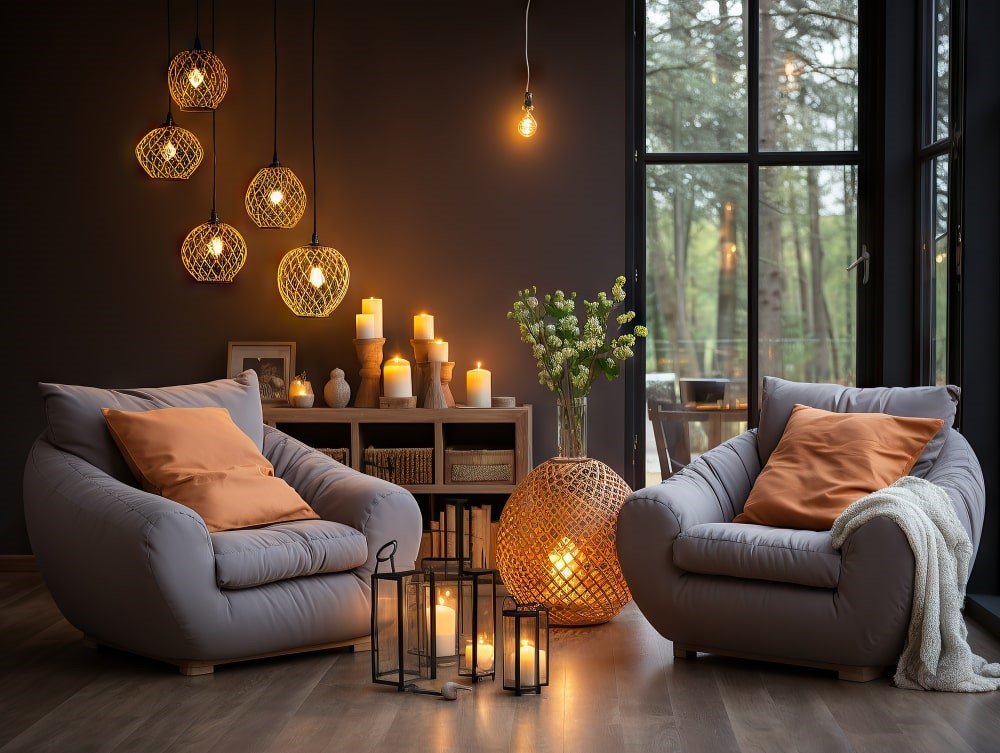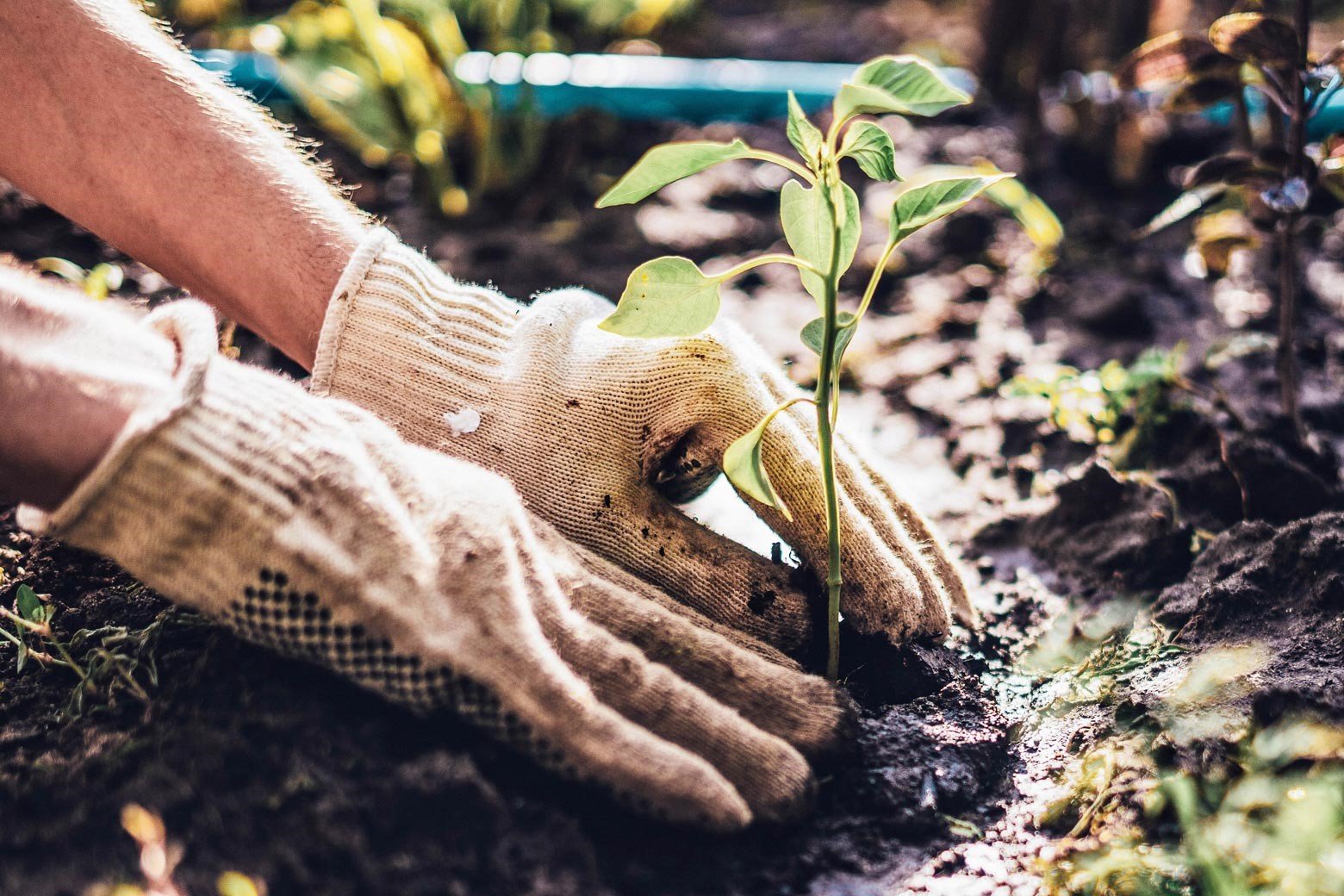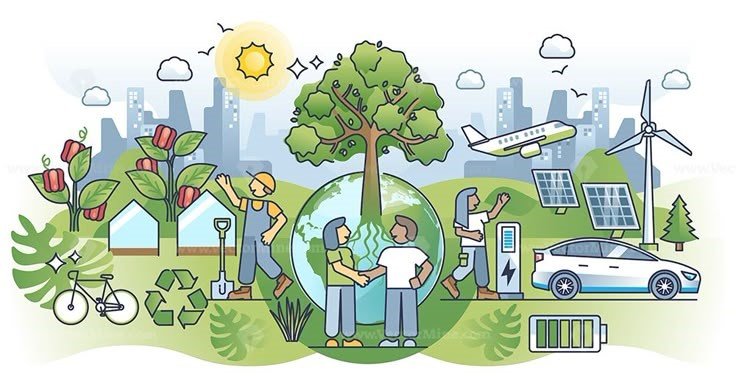Introduction
When you browse through our online collection, you’re seeing the final stage of a long, meticulous process. Each product has a story — from the initial idea to the moment it arrives in our digital storefront. What you see is the result of careful planning, deep market understanding, quality assurance, and a commitment to delivering items that reflect style, functionality, and lasting value. In this article, we’ll take you behind the scenes and share how our collection is created, refined, and presented — from the first spark of inspiration to the rigorous checks that ensure every item meets high standards.
1. Understanding the Market and Customer Preferences

Every great collection starts with listening. We invest time in studying market trends, social media conversations, and lifestyle shifts in the USA. This involves:
-
Seasonal trend analysis – Understanding what colors, materials, and designs resonate with people at different times of the year.
-
Customer feedback reviews – Learning from what our clients love and where improvements are needed.
-
Lifestyle mapping – Matching products to the way people live, work, and relax today.
By combining these insights, we identify what types of products will not only look appealing but also serve a meaningful purpose in daily life.
2. Building Relationships with Trusted Suppliers

Behind every standout product is a trusted creator or manufacturer. We work with suppliers who share our values in quality, sustainability, and craftsmanship. Establishing these relationships takes time and involves:
-
Transparent communication about production methods and materials.
-
On-site visits (when possible) to verify working conditions and quality processes.
-
Long-term partnerships that allow us to maintain consistency in product standards.
We don’t just select suppliers based on capability — we choose partners who care about their craft as much as we do.
3. Sourcing the Right Materials

Quality starts with raw materials. Whether it’s fabric for clothing, metal for accessories, or wood for home décor, we assess:
-
Origin and sustainability – Are materials responsibly sourced?
-
Durability – Will they withstand everyday use?
-
Sensory appeal – Do they feel comfortable, look appealing, and function well?
By prioritizing premium materials, we create a strong foundation for items that last.
4. Initial Product Selection

The first round of product selection is exciting but highly selective. We review dozens, sometimes hundreds, of options before finalizing even a small percentage for the next stage. The criteria include:
-
Functionality – Does it solve a real need?
-
Design aesthetics – Does it visually align with our collection theme?
-
Market uniqueness – Is it something our customers haven’t seen everywhere else?
Only products that check all these boxes move forward.
5. Rigorous Quality Checks

Before any item makes it to our online shelves, it undergoes comprehensive quality testing. These checks include:
-
Durability tests – Simulating wear and tear to ensure longevity.
-
Finish inspection – Examining stitching, surface polish, or material consistency.
-
Safety compliance – Ensuring products meet safety regulations in the USA.
Our quality control team often tests multiple samples from different production batches to ensure reliability.
6. The Final Presentation

Presentation matters. Once products pass every stage of selection and testing, we prepare them for display on our website by:
-
Using high-quality photography that shows realistic colors and textures.
-
Writing detailed descriptions covering features, materials, and care instructions.
-
Suggesting styling or usage ideas so customers can visualize them in their lives.
This final step transforms a great product into a complete, ready-to-explore experience.
7. Technology in the Curation Process

We integrate technology into our behind-the-scenes work to make the process more efficient and precise:
-
Data analytics help identify trending styles and gaps in the market.
-
Inventory tracking ensures we never compromise on quality for the sake of speed.
-
Digital mockups allow us to visualize how a product fits within a collection before committing to production.
This blend of human creativity and tech efficiency gives our collection both personality and precision.
8. Challenges We Overcome

Curation is rewarding, but it comes with challenges:
-
Supply chain delays – We plan ahead and maintain backup sources.
-
Material shortages – We find sustainable alternatives without compromising quality.
-
Trend shifts – We stay flexible, adapting quickly when styles or demands change unexpectedly.
Our adaptability is what allows us to keep offering consistently appealing collections.
9. Why Our Process Matters

Our detailed curation process ensures that each product in our collection isn’t just visually appealing — it’s purposeful, reliable, and thoughtfully sourced. For customers, this means:
-
Confidence in quality.
-
A unique selection that reflects current styles.
-
Products that align with ethical and sustainable values.
It’s not just about having items to choose from — it’s about knowing those items have been selected with care.
10. The Human Touch Behind Every Item

While technology plays a role, the heart of our curation process is human creativity and judgment. Our team members bring:
-
Artistic vision for spotting standout designs.
-
Attention to detail for ensuring consistency and quality.
-
Passion for storytelling to highlight the journey of each product.
Every product in our collection represents hours of thoughtful work by people who truly care.
11. Looking Ahead: The Future of Our Collections

We’re always exploring ways to make our curation process even better. Future plans include:
-
Expanding eco-conscious lines with recycled or upcycled materials.
-
Collaborating with emerging designers to bring fresh perspectives.
-
Using AI-driven tools to predict styles before they trend in the mainstream.
Our commitment to quality, style, and responsibility will remain the same — but our ways of achieving it will continue to evolve.
Final Thoughts
When you see our collection online, you’re looking at the outcome of months — sometimes years — of work. Every piece has gone through a journey of research, sourcing, quality checks, and thoughtful presentation. Our goal is to offer more than just products; we aim to deliver items that connect with lifestyles, tell a story, and uphold values of quality, creativity, and responsibility.



























































